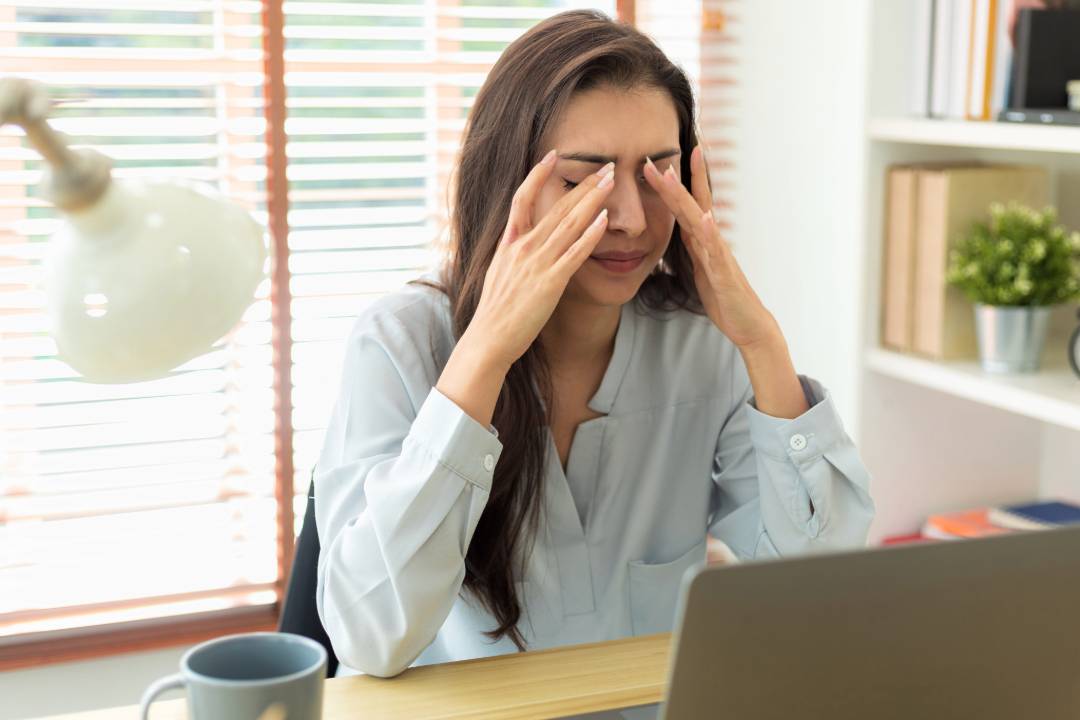
Is Botox an Effective Treatment for Migraines? The Facts
Migraines are the most brutal forms of headaches, which impact numerous individuals around the world. Most people undergo different treatments to relieve their suffering, pain, and other symptoms. Botox, traditionally a cosmetic treatment, is a therapeutic option that is garnering interest in recent times. So, does Botox work for migraines? Exploring its potential as a treatment for migraine could open new pathways in managing this disease.
Understanding Migraines
Headaches are just one aspect of migraines. These are characterized by extreme pulsating or pounding pain, usually in one part of the head, and are often accompanied by nausea and/or vomiting and light and sound sensitivity. The exact cause is unknown, but genetic and environmental factors are considered to play a part. The triggers, including stress, hormones, specific foods, and even weather changes, can be widespread. Usually, migraines are managed through multiple strategies, including lifestyle and dietary changes and prevention and/or treatment of acute attacks. Botox for migraines is a new area. Hence, medical evaluation is necessary to determine if it will suit every patient.
Use of Botox as a Pain Management Method
Botox, short for botulinum toxin, is a cosmetic neurotoxin used to fill or reduce wrinkles. It has received approval for chronic migraine treatment. Botox, when injected, inhibits the transmission of certain chemicals involved in the conduction of pain and could thus be an effective treatment option for patients with migraine (a type of headache often associated with debilitating pain). It was found to be effective for migraines when patients receiving cosmetic treatment noted fewer headaches than usual. Researchers then decided to investigate this unanticipated advantage further.
How it Works
To understand how Botox treats a migraine, we must look at how it works with the nervous system. Botox attaches to the nerve endings, blocking the release of a neurotransmitter that sends signals that register as pain in our brains. In this way, it can block several pathways that activate migraine symptoms. This mechanism implies that Botox could be beneficial for chronic migraineurs—those who experience 15 or more headache days in a month.
Effectiveness and Studies
There are countless studies on the efficacy of Botox for migraines. In clinical trials, the number of days patients experience headaches dramatically decreases. Users experience reduced attacks and less intense ones when they do happen. Though promising, Botox isn't for everyone. Some may see little to no benefit. Patients should seek medical advice to ascertain whether it is a suitable treatment for their condition.
Procedure and Frequency
Botox for migraines is given in the form of several injections around the head and neck. A specialist performs the procedure, lasting approximately 15 minutes. Patients are treated once every 12 weeks, with many observing results by the second or third treatment. It is generally safe but may cause neck pain, muscle weakness, or temporary drooping in the injection region. Talk to your healthcare provider about the risks and benefits to make an informed choice.
Side-by-Side Comparison of Treatments
Botox is not the only treatment for migraines. Medicines, workouts, and acupuncture are other alternatives. These approaches vary in providing relief, with their effectiveness determined by the context. Since migraines are often complex and multi-causal, combining treatments works best. Patients should try several methods to determine what is most effective for their requirements.
Cost and Insurance-Related Suggestions
Without insurance to offset costs, Botox for migraines can get expensive. Policies vary widely. Some chronic migraine treatment insurance plans cover it. Patients should check their coverage details beforehand and any possible out-of-pocket costs. Many healthcare providers and pharmaceutical companies have financial assistance programs for those who qualify.
Potential Alternatives
Though Botox gives hope to many, seeking alternative methods remains critical. Herbal supplements, natural remedies, and dietary changes may help some people. Meditation, muscle relaxation, and cognitive-behavioral therapy, part of stress management, are common treatment options. Exploring and adopting various treatment options helps treat migraines.
Conclusion
Botox is a good treatment option for individuals suffering from chronic migraines. However, it is not a one-size-fits-all approach; people must weigh their treatment options. Along with advice from health professionals, considering all available options and personal needs can lead to success in adequately managing migraines. Ongoing research in this area can help further determine its efficacy in treating migraines.

Comments (0)